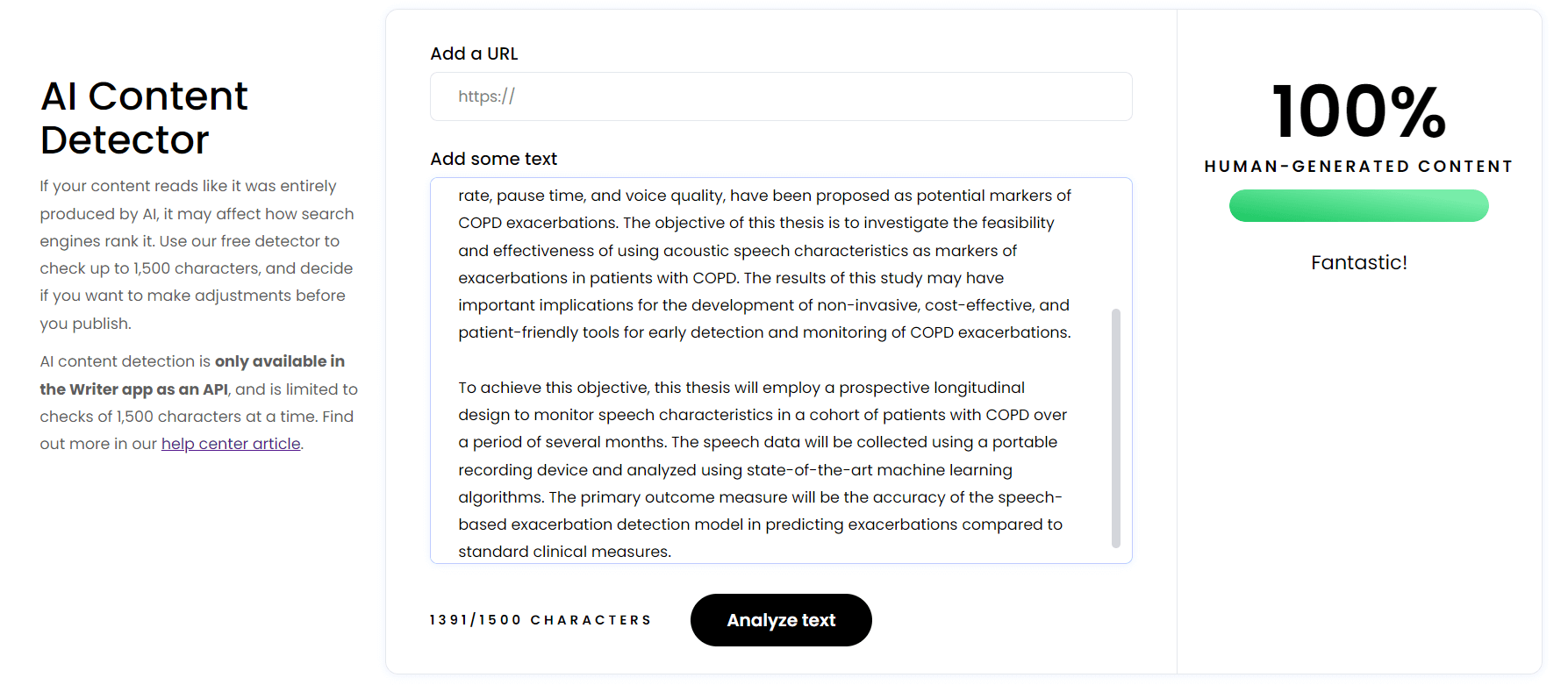Backlash Prompt OpenAI to Withhold ChatGPT Text Detection Tool
OpenAI has reportedly developed a tool capable of detecting text generated by its AI chatbot. However, the company is hesitant to release it to the public. According to the report, the detection tool has been ready for some time, but OpenAI fears that its release might make the chatbot less popular among users. This reluctance has left educators struggling to identify whether assignments or essays were written with the assistance of AI.
Deliberation Over Release
A report by The Wall Street Journal reveals that OpenAI has been deliberating over the release of a text detection tool for the past two years. Certain sources familiar with the situation revealed that the tool has been ready for nearly a year, but OpenAI has yet to release it. A tool like this could assist educators and similar institutions where individuals have turned to AI for generating content such as essays and research papers.
Earlier this year, a peer-reviewed scientific paper in Elsevier’s Surfaces and Interfaces journal was discovered to be written by AI and was subsequently retracted after gaining attention online. This rise in AI-generated plagiarism has become a significant concern for academia, highlighting the need for a reliable method to detect AI usage.

Hesitation and Concerns
As of now, OpenAI’s hesitation to release its AI detection tool stems from concerns about losing current users. A survey conducted by the company revealed that almost one-third of users would be less likely to use ChatGPT if an anti-cheating feature were introduced. Additionally, there is a worry that limiting the tool’s availability to specific groups, such as educators, could diminish its effectiveness.
Conversely, releasing it to a broader audience could lead to the watermarking technology being deciphered by malicious individuals, who might then develop sophisticated masking tools.
Effectiveness of the Tool
According to internal documents accessed by the publication, the AI text detection tool is said to be 99 percent effective at identifying text generated with ChatGPT. The tool employs a watermarking technology that embeds an invisible watermark in the text. Although the watermark is not visible, it is detected when the text is processed by the AI checker.

Internal documents also detail how the tool operates. According to the report, ChatGPT generates text by predicting the next word or phrase, known as a token, in a sequence. This prediction is based on a limited pool of options, ensuring that the sentence remains coherent. The AI detection tool uses a distinct algorithm for selecting tokens compared to ChatGPT. These differences in text generated by ChatGPT and the tool create patterns that help determine whether a text was generated by AI.
Conclusion

As the AI landscape evolves, the balance between innovation and integrity becomes more crucial than ever.




















